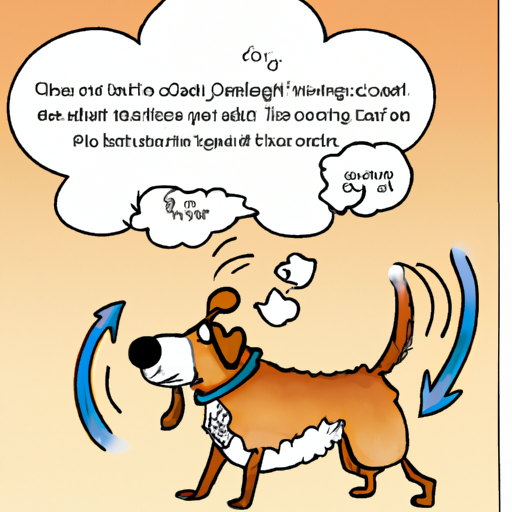Introduction
You might have wondered why dogs have tails. They wag them when they’re happy, tuck them between their legs when they’re scared, and sometimes use them to knock over your favorite lamp. But why exactly do dogs have tails and what are they used for? Let’s dig in!
The Evolutionary Purpose of Tails
Tails are a part of dogs’ evolutionary design. Just like us humans, dogs’ bodies are designed for survival, and every part of them serves a purpose. For dogs, their tails are multifunctional tools.
- Balance – Dogs use their tails to maintain balance while running and making sharp turns. This is especially crucial for breeds that move quickly or traverse rough terrains.
- Communication – Dogs communicate largely through body language, and the tail is one of their most expressive parts. A wagging tail can convey happiness, while a tucked tail often signals fear or submission.
The Language of Tails
Knowing how to read your dog’s tail can be very beneficial. Here is a basic guide:
- High and stiff tail: This could mean your dog is alert or agitated.
- Low or tucked tail: Your dog may be scared or anxious.
- Wagging tail: This usually indicates happiness, but the speed and direction of the wag can also offer clues about your dog’s mood.
Tails and Breeds
Different breeds have different types of tails, which serve various functions. Here is a table showing a few examples:
| Breed | Tail | Function |
|---|---|---|
| Husky | Bushy | Helps keep face warm in cold climates |
| Greyhound | Long, thin | Used as a rudder for speed and agility |
| Labrador Retriever | Otter-like | Helps in swimming |
Common Tail Problems
Just like any other body part, dog tails can also experience health problems. Some common ones include:
- Tail chasing or biting: This could be a sign of Flea Allergic Dermatitis.
- Limp tail: Also known as ‘Swimmer’s Tail’, it could be due to overuse or cold water exposure.
FAQ
-
Can a dog live without a tail?
Yes, a dog can live without a tail, though it might face some difficulties with balance and communication. -
Why do some breeds have short tails?
Some breeds are born with short tails, while others have their tails docked for traditional or cosmetic reasons. -
Can a dog’s tail be broken?
Yes, a dog’s tail can be broken or fractured, which is painful and requires veterinary attention. -
Why does my dog wag its tail?
Dogs typically wag their tails when they are happy or excited, but it can also be a sign of other emotions like agitation or anxiety. -
What should I do if my dog’s tail is injured?
Any suspected tail injury should be addressed by a veterinarian. Ignoring it can lead to pain, infection, and other complications.
In conclusion, a dog’s tail is not just a cute appendage that wags when they’re happy — it’s a crucial tool for balance, communication, and even survival. Understanding your dog’s tail can help you communicate better with them and ensure their wellbeing.



